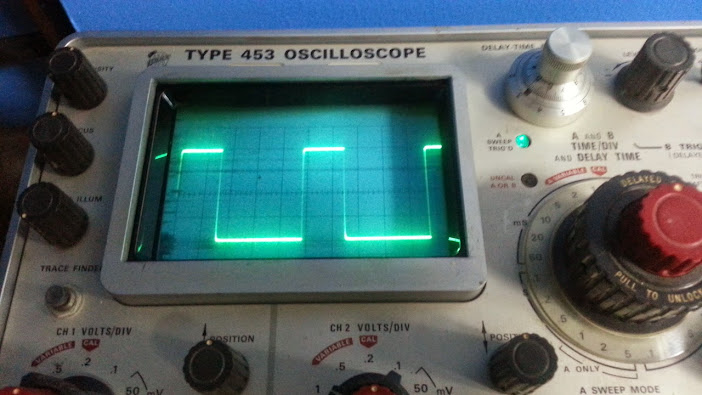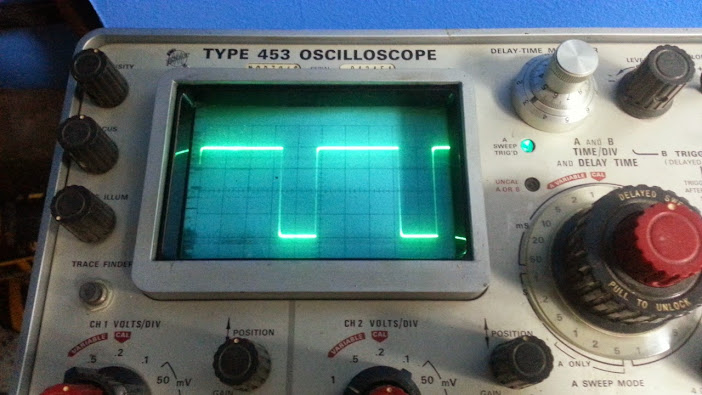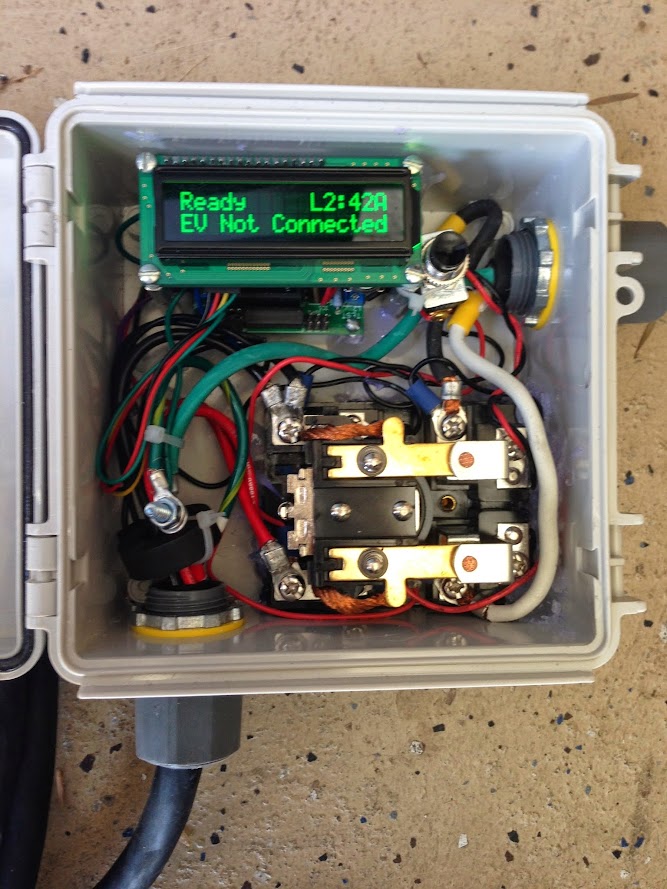Dsinned
Well-known member
I know "the one" you mean and I use it too. That service is free, but unfortunately doesn't (yet) support solar/EV households.
Another standalone power consumption device I find useful is made by Efergy in the UK. They have a small desktop display unit called a "TPM" (True Power Meter). The TPM compensates for AC power factor, so it is fairly accurate. It works with two clamp type CTs (one for each hot leg of a split phase power source) and an AC line voltage sensor at the source of the load for either individual or whole house power monitoring. The display reads out in killowatts and has "history" capabilities.
I have mine remotely connected to my JuiceBox in the garage and it works well. I have a second unit connected outside the house to a subpanel for the output of my PV system as well. Forntunately, both my JB and PV subpanel have plastic over plates, so the V/I sensor can transmit to the desktop TPM display unit over a distance of up to 150 feet. I believe the data sampling transmission rate is once per minute.
http://www.amazon.com/Efergy-ELITE-...8&qid=1410019090&sr=8-2&keywords=efergy+elite
Oh and BTW, the JuiceBox Premium (or Basic with LCD and key fob options) has AC voltage, current and kW output power metering capability while charging.
Another standalone power consumption device I find useful is made by Efergy in the UK. They have a small desktop display unit called a "TPM" (True Power Meter). The TPM compensates for AC power factor, so it is fairly accurate. It works with two clamp type CTs (one for each hot leg of a split phase power source) and an AC line voltage sensor at the source of the load for either individual or whole house power monitoring. The display reads out in killowatts and has "history" capabilities.
I have mine remotely connected to my JuiceBox in the garage and it works well. I have a second unit connected outside the house to a subpanel for the output of my PV system as well. Forntunately, both my JB and PV subpanel have plastic over plates, so the V/I sensor can transmit to the desktop TPM display unit over a distance of up to 150 feet. I believe the data sampling transmission rate is once per minute.
http://www.amazon.com/Efergy-ELITE-...8&qid=1410019090&sr=8-2&keywords=efergy+elite
Oh and BTW, the JuiceBox Premium (or Basic with LCD and key fob options) has AC voltage, current and kW output power metering capability while charging.































